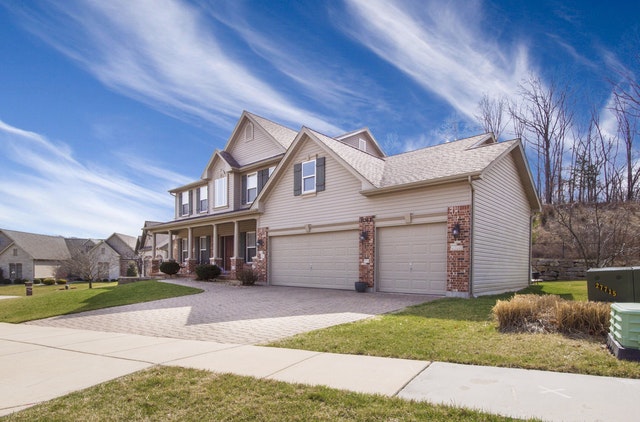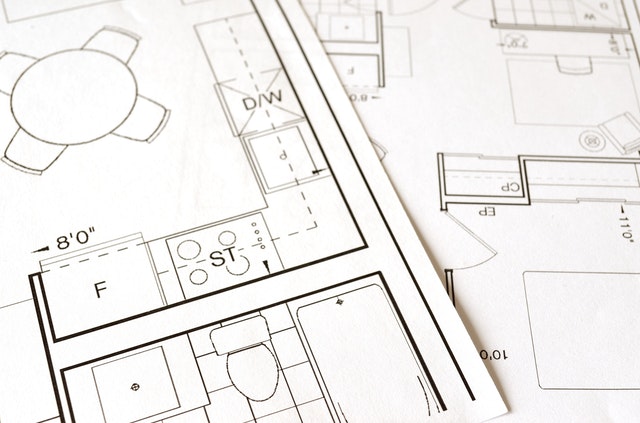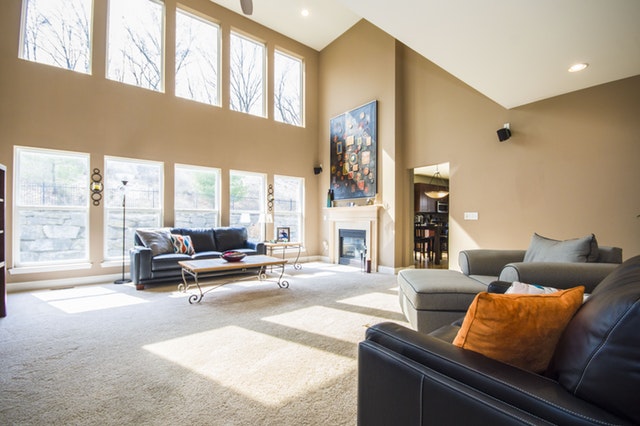 Many new buyers start looking for homes in the spring. The question in 2019 is whether buyers can afford available inventory or want to buy given changes to the tax code and increase in natural disasters.
Many new buyers start looking for homes in the spring. The question in 2019 is whether buyers can afford available inventory or want to buy given changes to the tax code and increase in natural disasters.
Interest Rates
The 30-year-fixed interest rates have been trending lower recently. This reduction in interest rates, coupled with a slowdown in the resale housing market, is working in the buyer’s favor in some areas. Talk with your trusted real estate professional and mortgage lender to get the specifics for your area and situation.
Affordability
Inventories of available homes are on the rise, but still out of reach for many Millennials and other first-time buyers. This has been the case for the past five years. One of the biggest factors some buyers second guess in a home purchase is the commission fees paid to real estate agents. Remember, the real estate commission is paid for by the seller of the home, not the buyer.
With advances in technology, the role of the real estate agent is changing. Many customers think they might be able to their own home online. However, agents still have valuable expertise in individual markets which may lead to a more competitive sales process. They also have helpful experience with the closing process which can significantly lower the anxiety throughout the home buying process.
Tax Code Changes
The 2018 tax code changes have big implications for current and prospective homeowners. The cutoff on home mortgage interest deductions dropped from $1 million to $750,000, and there’s a new $10,000 cap on state and local tax deductions.
It may take a few years for the full impact to play out. However, it could mean an unfavorable combination of higher taxes, higher interest rates and higher prices. One favorable solution to this trifecta is new home construction. An increase in the number of homes could help to bring down housing costs, but zoning laws hinder a fast ramp up in many areas.
Hurricanes And Other Natural Disasters
In 2017, Hurricane Harvey decimated the Houston area and revealed a lack of adequate coverage for many homes. This should serve as a wakeup call since natural disasters seem to be on the rise.
New buyers are more concerned with what the interests rate will be and whether they can afford the down payment. Many don’t even ask if the property is in a flood zone. That may change if the streak of hurricanes, floods, wildfires and other natural disaster events continues.
Even with all of these considerations, 2019 continues to look like a great time to invest in a new home. Contact your trusted real estate professional to discuss these issues and how they might affect your local area and personal financial situation.
 Now that you have a beautiful new home with a garage, the fun of organizing can begin. When your garage is well organized, everything is much easier. You can get home projects finished faster, get out the door quicker and better enjoy all your sporting activities.
Now that you have a beautiful new home with a garage, the fun of organizing can begin. When your garage is well organized, everything is much easier. You can get home projects finished faster, get out the door quicker and better enjoy all your sporting activities. Your real estate agent will likely give you 24 hours’ notice before bringing over interested buyers to see your home. Sometimes eager buyers may request less of an advance, or even ask for a last minute showing.
Your real estate agent will likely give you 24 hours’ notice before bringing over interested buyers to see your home. Sometimes eager buyers may request less of an advance, or even ask for a last minute showing. Kids of all ages often have a hard time dealing with moving. They may not be able to understand why the family can’t stay in the same place forever. Even with explanations, children often can’t readily envision how amazing the new place will be.
Kids of all ages often have a hard time dealing with moving. They may not be able to understand why the family can’t stay in the same place forever. Even with explanations, children often can’t readily envision how amazing the new place will be. You have lots of choices when it comes to choosing a real estate agent. Aside from deciding if you’d prefer to work with a man or woman, and what age range you’d like them to be, here are some tips to help ensure that you pick one that is best suited for your needs.
You have lots of choices when it comes to choosing a real estate agent. Aside from deciding if you’d prefer to work with a man or woman, and what age range you’d like them to be, here are some tips to help ensure that you pick one that is best suited for your needs. Savvy home buyers often get great deals on new home constructions by asking for deals and discounts and doing some up-front research.
Savvy home buyers often get great deals on new home constructions by asking for deals and discounts and doing some up-front research.  The Tax Cuts and Jobs Act of 2017 instituted some of the most dramatic changes to the financial landscape in the United States in over 30 years. These adjustments to the IRS code have an effect on everyone who earns and spends money in this country.
The Tax Cuts and Jobs Act of 2017 instituted some of the most dramatic changes to the financial landscape in the United States in over 30 years. These adjustments to the IRS code have an effect on everyone who earns and spends money in this country. With the right combination of strategy, knowledge, and luck, flipping houses can create big profits for short-term investors. However, your path to success starts at your first auction.
With the right combination of strategy, knowledge, and luck, flipping houses can create big profits for short-term investors. However, your path to success starts at your first auction. Home price growth continued to struggle in November, with Case-Shiller’s 20-City Home Price Index moving from October’s reading of 5.30 percent annual growth to 5.20 percent growth in November. This was the lowest reading since January 2015.
Home price growth continued to struggle in November, with Case-Shiller’s 20-City Home Price Index moving from October’s reading of 5.30 percent annual growth to 5.20 percent growth in November. This was the lowest reading since January 2015. These days, people want energy-efficient homes that look great. To answer the call of passionate environmentalists, developer are rising to the occasion and designing home features that minimize waste, save energy and reuse reclaimed materials. The results are gorgeous, green homes that help move the sustainable living trend forward.
These days, people want energy-efficient homes that look great. To answer the call of passionate environmentalists, developer are rising to the occasion and designing home features that minimize waste, save energy and reuse reclaimed materials. The results are gorgeous, green homes that help move the sustainable living trend forward.